Peppercorn vs. Black Pepper: Are They Really Different? 🤔
If you’ve ever stood in a spice aisle scratching your head, wondering if peppercorn and black pepper are two different spices or just clever marketing tricks, you’re not alone. Spoiler alert: they’re the same thing! But how we use them can make all the difference.
Table of Contents
- Introduction
- What Exactly is Peppercorn?
- Black Pepper 101
- Peppercorn vs. Black Pepper: Side-by-Side
- Cooking Tips with Whole Peppercorns
- Why Grinding Fresh Matters
- How to Store Your Peppery Friends
- Debunking Common Myths
- Conclusion
A Spicy Mix-Up: Peppercorn vs. Black Pepper 🌶️
You’ve probably seen both “peppercorns” and “ground black pepper” listed on spice jars, restaurant menus, or even gourmet recipes. So which one should you reach for when making that steak sauce or homemade sausage blend?
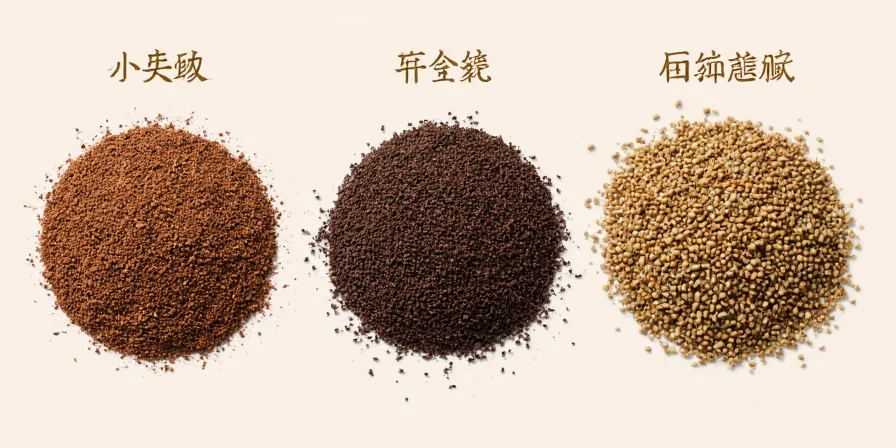
What Exactly is Peppercorn?
Let’s start from the beginning. A peppercorn is simply the dried fruit of the Piper nigrum plant. Yep, it’s a fruit—technically a berry—that turns into the spice we know and love.
The journey begins green, then turns black when dried, and finally becomes white when the outer layer is removed. Here's a quick breakdown:
| Type | Color | Harvest Time | Taste Profile |
|---|---|---|---|
| Green Peppercorn | Green | Unripe | Fresh, earthy, mild heat |
| Black Peppercorn | Black | Partially ripe | Pungent, bold, spicy |
| White Peppercorn | White | Ripe | Cleaner, less complex, slightly musty |

Black Pepper 101: The King of the Spice Rack
Black pepper, as commonly sold in supermarkets, is simply ground black peppercorns. It’s the most widely used version because it’s versatile and easy to incorporate into dishes without any extra prep work.
Here’s the lowdown:
- Form: Ground
- Flavor: Strong, sharp, aromatic
- Use: Sprinkle over soups, sauces, salads, meats
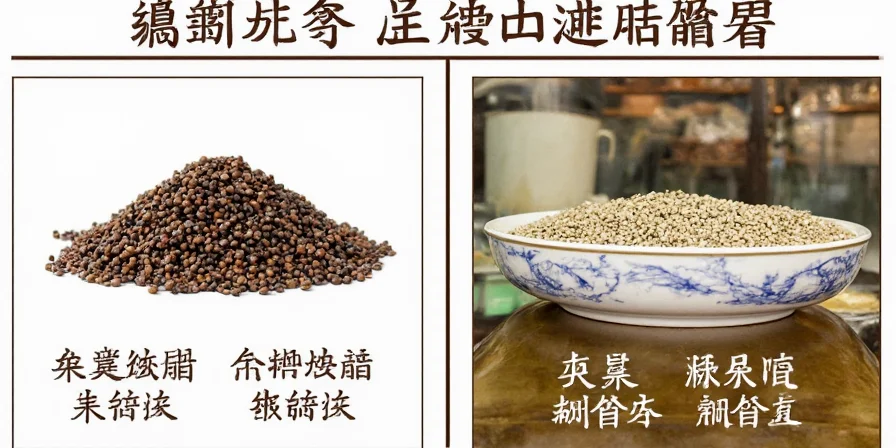
Peppercorn vs. Black Pepper: The Ultimate Face-Off 🔥
To help clear up the confusion once and for all, here’s a side-by-side comparison:
| Feature | Whole Peppercorns | Ground Black Pepper |
|---|---|---|
| Form | Whole dried berries | Dried and ground |
| Flavor Intensity | Strongest when freshly cracked | Mild to medium |
| Versatility | Better for marinades, pickling, infusions | Ideal for seasoning finished dishes |
| Shelf Life | Longer (if stored properly) | Shorter (loses flavor faster) |
| Texture | Crunchy or chewy when used whole | Smooth, powdery texture |
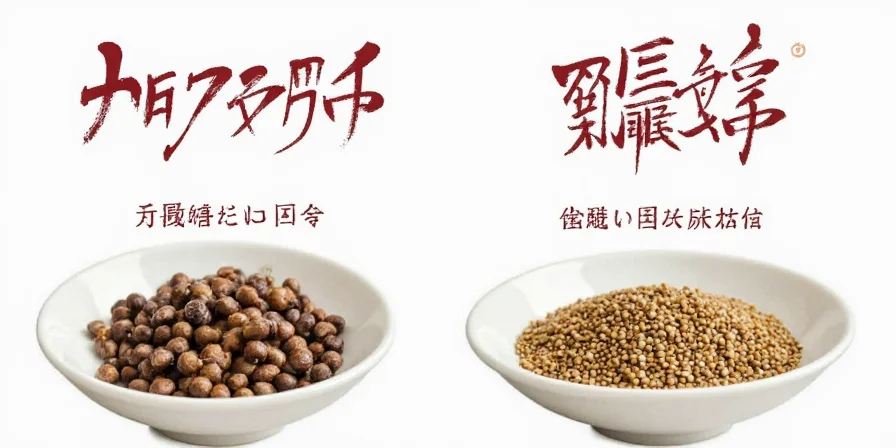
5 Cooking Tips Using Whole Peppercorns 🍳
- Add depth to stews and soups: Throw a few whole peppercorns into simmering broths or stews—they’ll infuse a rich, warm heat without overpowering the dish.
- Perfect for pickling: Peppercorns add a punchy bite to pickled vegetables like cucumbers or onions.
- Infuse oils and vinegars: Let peppercorns steep in olive oil or vinegar to create custom flavor bases for dressings or marinades.
- Pair with red meat: Coarsely cracked peppercorns complement grilled or pan-seared steaks beautifully.
- Make your own pepper sauce: Crushed black peppercorns can be mixed with butter or cream for a classic steak accompaniment.
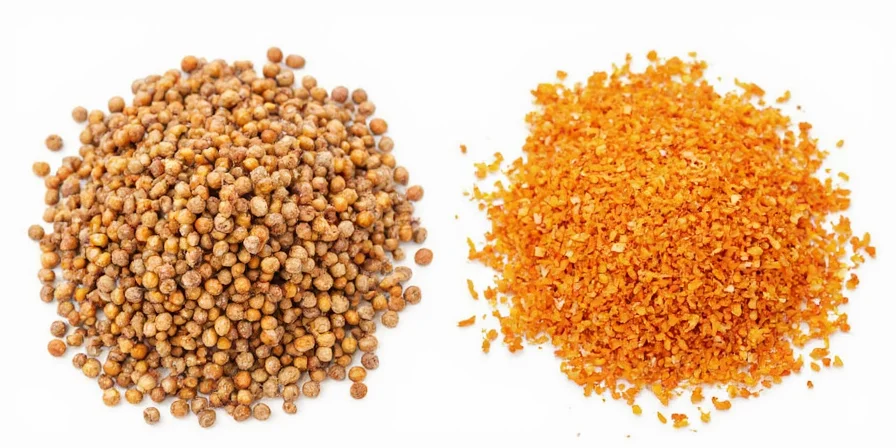
Grind It Yourself: Why Freshness Counts 🧑🍳
We get it—pre-ground pepper is convenient. But if you want real flavor impact, consider investing in a good pepper mill. Here’s why:
- Freshness matters: Once ground, pepper starts losing volatile compounds that contribute to its aroma and heat.
- Better taste: Freshly cracked pepper delivers a bolder, more vibrant flavor profile.
- Control your grind: Adjust coarseness based on your dish—fine for sauces, coarse for rubs.
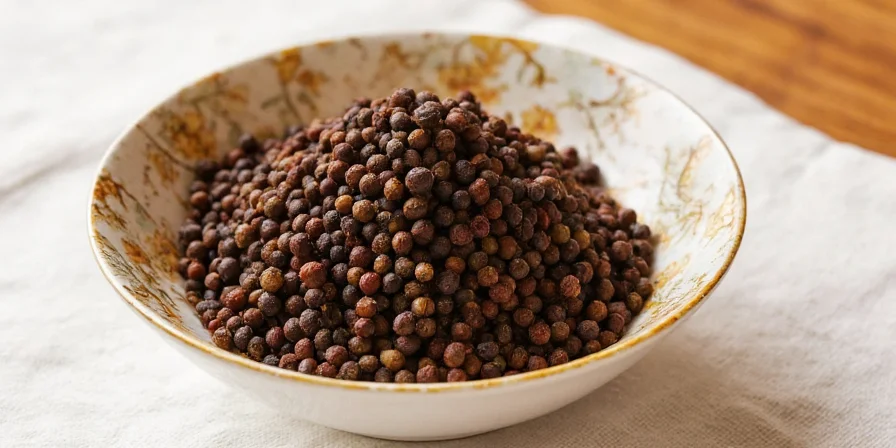
Storing Your Spice: Keep It Hot 🔥
To keep your peppercorns and ground pepper tasting their best:
- Store whole peppercorns in an airtight container away from light and moisture. They can last up to 3–4 years!
- Keep ground pepper sealed and use within 6 months for optimal flavor.
- Avoid heat and humidity—your spice rack near the stove might be too hot for long-term storage.

Common Pepper Myths Debunked 🚫
Let’s bust some myths that have been floating around spice circles for years:
- Myth: White pepper is just bleached black pepper.
Reality: While some white pepper is made by removing the husk from black peppercorns, others are fermented first for a distinct flavor. - Myth: More pepper equals better flavor.
Reality: Over-seasoning can mask other flavors. Use sparingly until you know your palate. - Myth: You can substitute black pepper for Szechuan pepper.
Reality: Not true! Szechuan pepper gives a numbing effect—nothing like traditional pepper.
Conclusion: Embrace the Power of the Peppercorn 🌟
In short: peppercorn is black pepper, just in its whole form. Whether you prefer grinding it fresh or using whole peppercorns in cooking depends on what you're making and how intense you want the flavor to be.
Now that you’re armed with this knowledge, go forth and season like a pro. Don’t forget to crack a joke or two about the great peppercorn debate next time you’re in the kitchen!


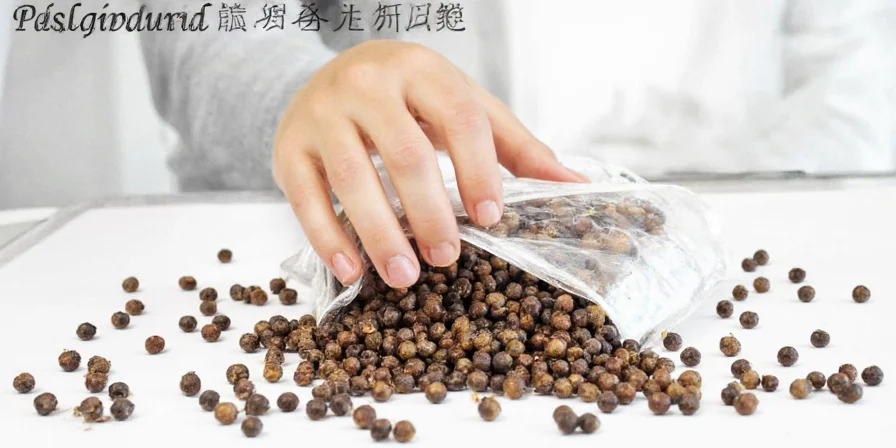









 浙公网安备
33010002000092号
浙公网安备
33010002000092号 浙B2-20120091-4
浙B2-20120091-4